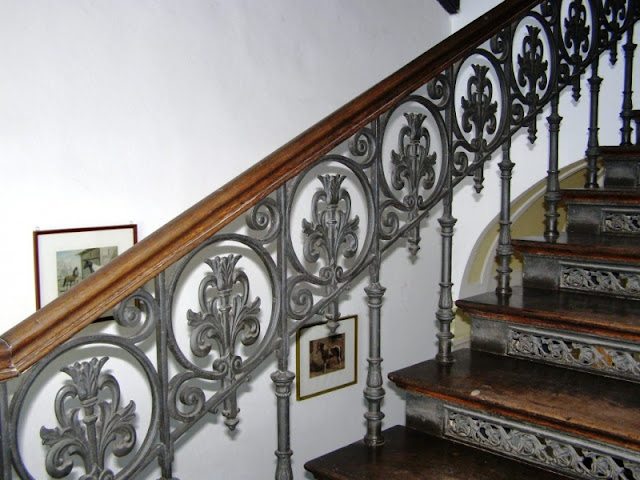Morawa Palace is located in a historic, pseudo-classicist palace from the second half of the 19th century, in the village of Morawa, approximately 4 km east of Strzegom.
The palace building stands on the edge of a twelve-hectare park, together with which it forms a palace and park complex entered in the register of historical monuments. The building, next to the Morawa Palace, is the seat of the St. Jadwiga Foundation, which runs a charitable kindergarten and educational center.
The palace and park complex in Morawa is a great place to relax, located away from the hustle and bustle of the city, an oasis of peace and quiet. You will certainly be able to rest and relax here.
The Morawa Palace is located in the heart of the most beautiful part of Lower Silesia, making it an ideal base for trips to the nearby Sudetes with their highest peak Śnieżka, to the Owl Mountains that hold many secrets from World War II, as well as to Książ Castle, the Gross Rosen Museum, or the historic city of Wrocław.
The palace and the surrounding park are located in the southern part of the village, alongside the road leading towards Międzyrzecze. The monument protection regime applicable to the park also covers an ensemble of manor farm buildings located on the northern side of the palace.
The palace was erected after 1865 for Eduard von Kramst, replacing the old manor house which had once stood on the site and which was occupied by the Benedictine nuns from Strzegom. The palace was erected on a rectangular floor plan, with a transverse eastern wing. The structure also incorporates a turret preceded by a porte-cochère with a terrace on top. The southern façade features a portico with two pairs of columns and a broad flight of steps leading towards the former gardens.
The palace is a three-storey structure covered by a low hip roof, its façade following a 12-axial design. The northern entrance is located in a shallow avant-corps topped with a triangular pediment. The façades are mostly smooth, with the exception of the ground floor level, where a decorative rustication is applied.
The palace is surrounded by a landscape park with a pond. Once inside the park, one may come across the ruins of a family chapel and a pavilion situated in the hippodrome, which was constructed using parts of the said chapel after 1945.
The neoclassical palace built in 1873 is an important point on the cultural map of Lower Silesia. It is a place of artistic activities, concerts, exhibitions, international meetings, as well as a charming hotel surrounded by a 12-hectare park. Guests visiting Morawa can already admire the view of the park from the pond while drinking coffee on the reconstructed café terrace.
Thanks to many efforts, the Palace in Morawa is regaining its former glory. In September, the renovation of the northern and eastern elevations, together with the terrace, was completed. The sandstone balustrade and the historical floor were recreated.
The renovation of the eastern terrace was co-financed by the German-Polish Foundation for the Preservation of Cultural Monuments (Deutsch-Polnische Stiftung Kulturpflege und Denkmalschutz) from the funds of the Commissioner for Culture and the Media of the German Federal Government.
















No comments:
Post a Comment